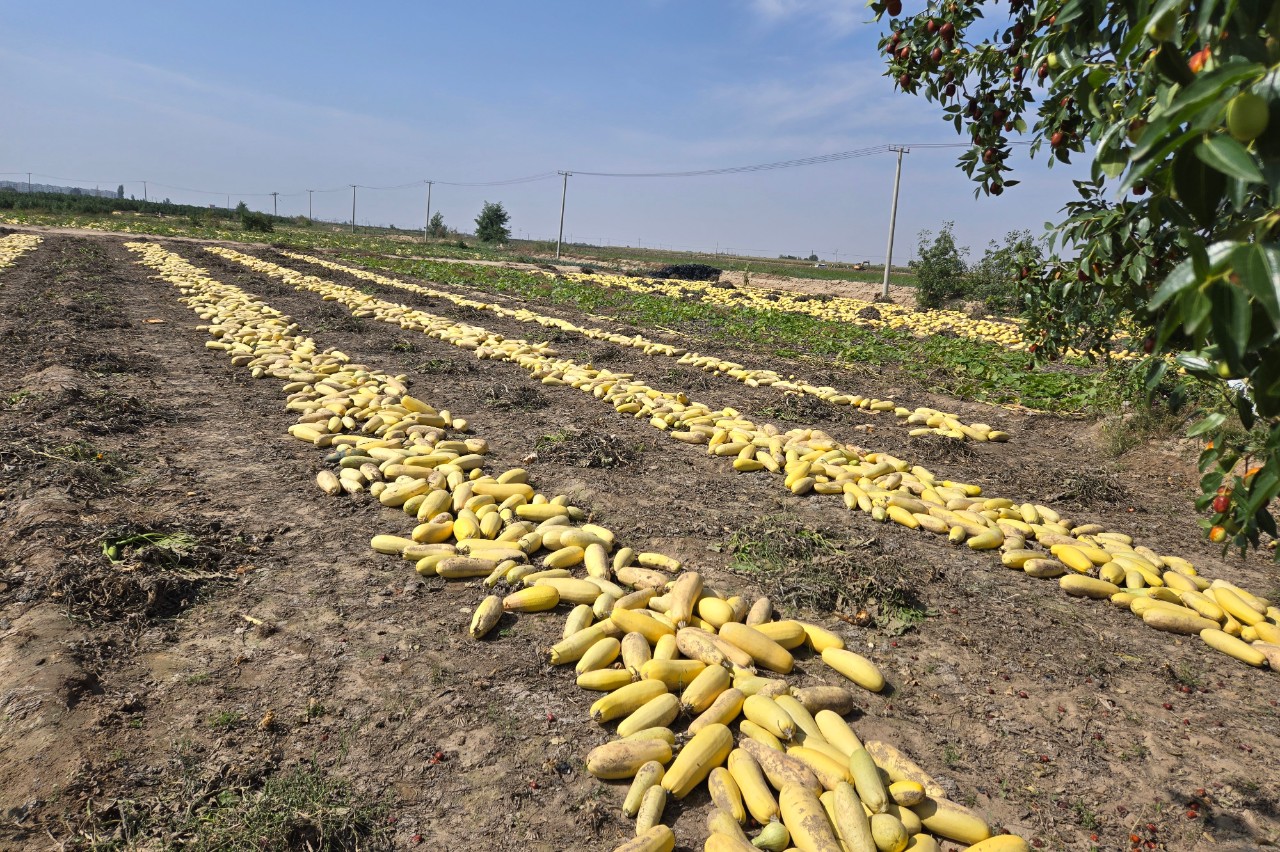
Category: Earth, Ocean and Environment

Deepening Water Scarcity
May 29, 2025 Written by Adam Thomas
The world’s three most populous countries include China, India and the United States and these nations alone account for 41 percent of the global population, 49 percent of blue water demand—defined as water from surface and groundwater sources—and 39 percent of the global food production.
Understanding how water is used in these three countries is important for meeting sustainability targets, as unsustainable water use is a threat to human wellbeing and the environment.
To quantify how and the seasonality of when those countries are utilizing their blue water resources, a University of Delaware study performed a detailed, monthly sub-basin assessment of the evolution of blue water scarcity and looked at specific crops and sectors to determine the dominant water-user in each of the sub-basins—defined as a distinct geographic area within a larger river basin delineated based on the natural drainage patterns of rivers and their tributaries.
Tyler Sharretts, who received his master’s degree from UD in 2021 from the Department of Geography and Spatial Sciences and now works as a Geologist for the Pennsylvania Department of Environmental Protection, led the study at UD. Kyle Davis, assistant professor in the Department of Geography and Spatial Sciences and the Department of Plant and Soil Sciences, as well as a resident faculty member with UD’s Data Science Institute, and Piyush Mehta, a doctoral student in UD’s College of Earth, Ocean and Environment, were co-authors on the study.
Sharretts said the quantity and quality of available water resources is important in every part of the world, whether it’s used for irrigation of crops, human consumption or other societal activities such as industry, manufacturing or mining.
“Everyone relies heavily on water one way or another as a natural resource,” said Sharretts. “Irrigation of crops is of particular importance because agriculture accounts for approximately 90 percent of humanity’s water footprint. Understanding the geographic and the timely aspects of these questions is vital, as variables such as population, land uses and regional hydrology and climate all effect how water becomes available and utilized.”
To conduct the study, the researchers used a geospatial and statistical analysis of modeled data and irrigation statistics.
Using that data, they performed monthly sub-basin assessments of the evolution of blue water scarcity in the years 1980-2015 for the three countries. Overall, they looked at 2,443 sub-basins which allowed them to evaluate spatially detailed monthly and annual trends in water scarcity, as well as quantify where and to what extent unsustainable water demand has increased and identify the dominant water users in each sub-basin.
The study had three primary components: water availability, water demand, and a component looking at environmental flow requirements - which are estimations of required volumes of water for the functioning of ecosystems.
Together, these three components were all utilized to obtain results for physical water scarcity and unsustainable demand of blue water.
“We were also able to disaggregate the dominate water users of each region which was a vital component to narrowing down potential causes of these trends being observed in these areas,” said Sharretts.
Overall, the study found that unsustainable water demand has generally increased over time, and available water resources have been decreasing in various hotspots throughout the three countries. Many of these hotspots can be traced to the demand of growing a few different, water-intensive crops.
“In other words, water intensive crops are being grown in already water stressed regions or during water stressed times of the year,” said Sharretts. “Of all the crops you could possibly grow, a lot of trends are being observed due to the four main ones in the United States, which were alfalfa, maize, wheat and rice. They were the dominant agricultural drivers of those trends and overall, the irrigation of a few crops were the primary drivers of a lot of these blue water trends.”
The study found that from 1980-2015, blue water demand has increased by 60 percent, 71 percent and 27 percent in China, India and the United States respectively. Water demand during peak months for those three countries has increased by 101 percent, 82 percent and 49 percent and 32 percent, 61 percent and 27 percent of the sub-basins in China, India and the United States now face at least four months of severe water scarcity.
"The data shows that these trends exist and are intensifying over time", said Sharretts. "We have found that there is a widening gap between water demand and available water resources throughout the areas of concern.”
